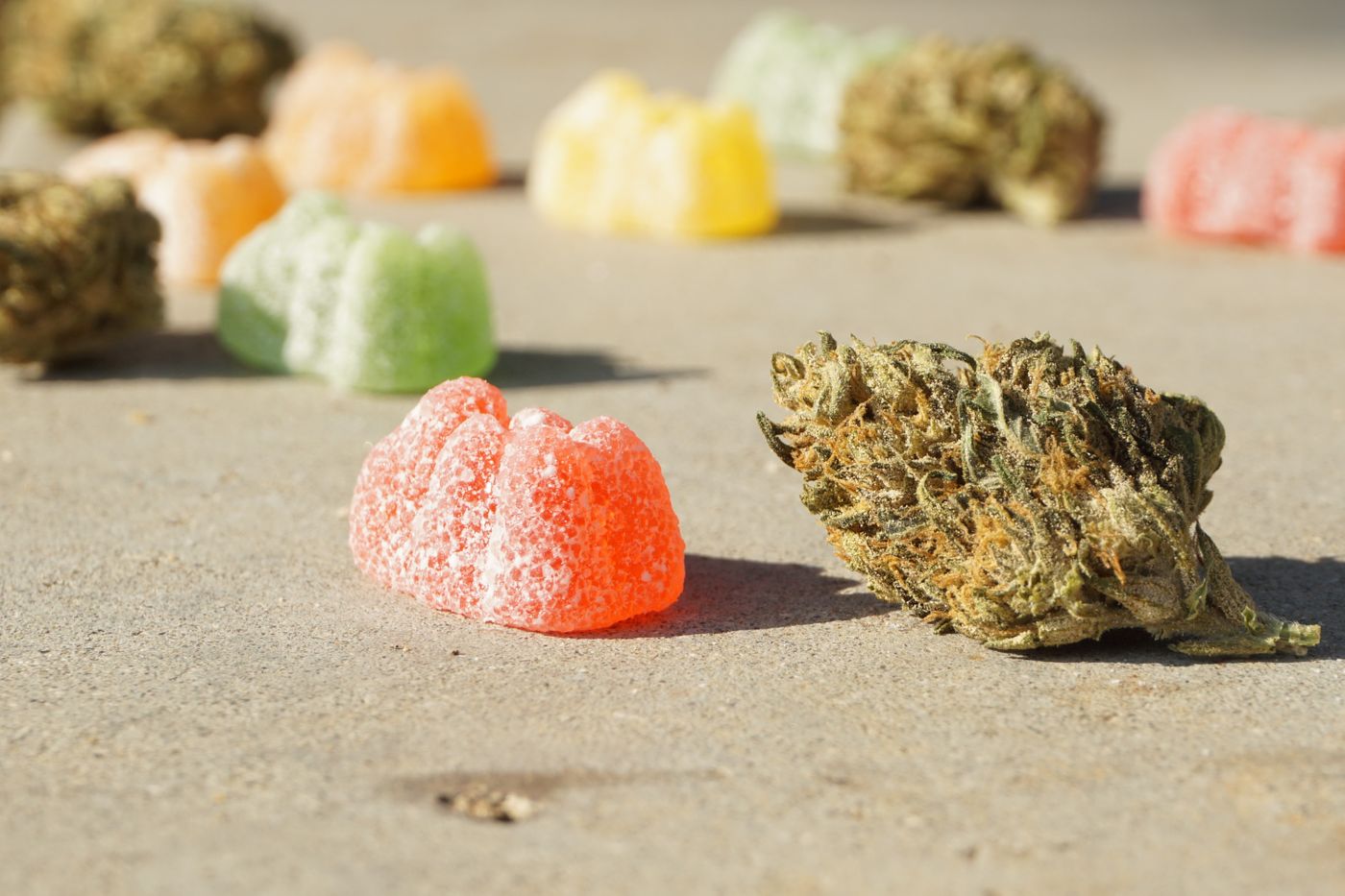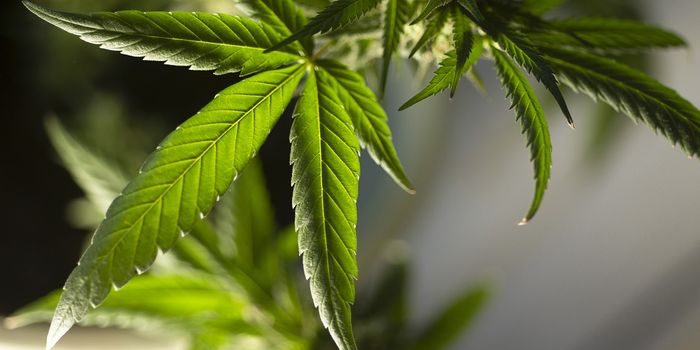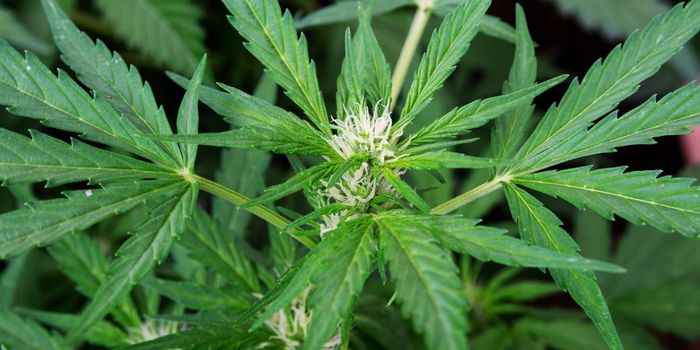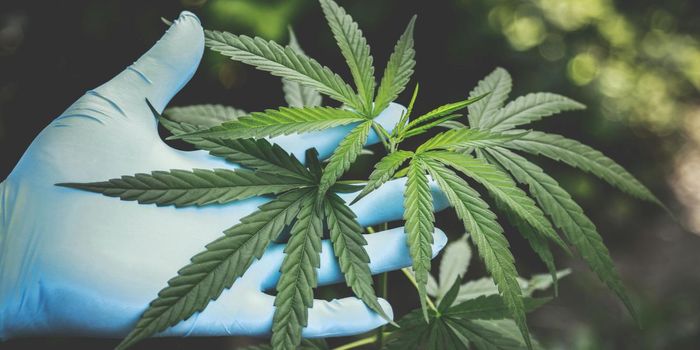What are fast acting edibles, and how do they work?

The entire experience is often a big guessing game, in which users don’t know when or how hard the effects are going to hit. And then the effects hit like a ton of bricks hours later. However, there’s new products on the market looking to change that.
Enter fast acting edibles, which aim to yield effects in as little as five minutes, peaking around a half hour after ingestion. The edibles work through a process called Nano-emulsification, which infuses water with THC-containing cannabis oil. The cannabinoid molecules are broken down into microscopic particles, then infused into the edible. When the user consumes the edible, the user’s body absorbs the THC that much more quickly, experiencing the onset of effects in minutes, rather than hours.
In addition to fast acting chews and gummies, THC infused beverages, such as seltzers, are a good example of a nano-emulsified cannabis product. One of the huge draws of cannabis beverages, in addition to their low-calorie content, is the faster onset time, duration, and predictability of effects.
Nano-emulsification is now considered an advanced form of drug delivery, highly popular with medical cannabis users. The controlled dosing and predictable, stable, fast onset of effects makes fast acting edibles a desirable choice for users seeking chronic pain treatments or relief from chemo.
Edibles are not the only cannabis product that uses nano-emulsification. THC infused lotions and creams that use the technology, reported to yield effects in users in as little as two minutes.
One drawback to nano-emulsified edibles is the taste, as nano-emulsions tend to have a very bitter taste.
That said, the technology will likely improve over time, and provide cannabis consumers a growing array of products to choose from.
Sources: Medical News Today, Leafly, NIH, Leafly








